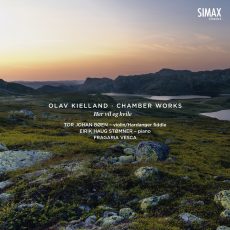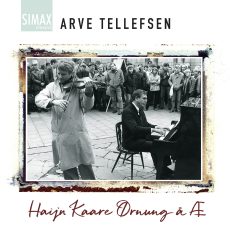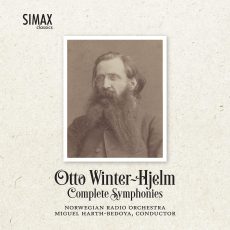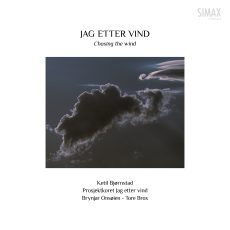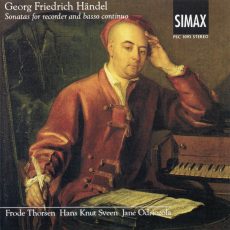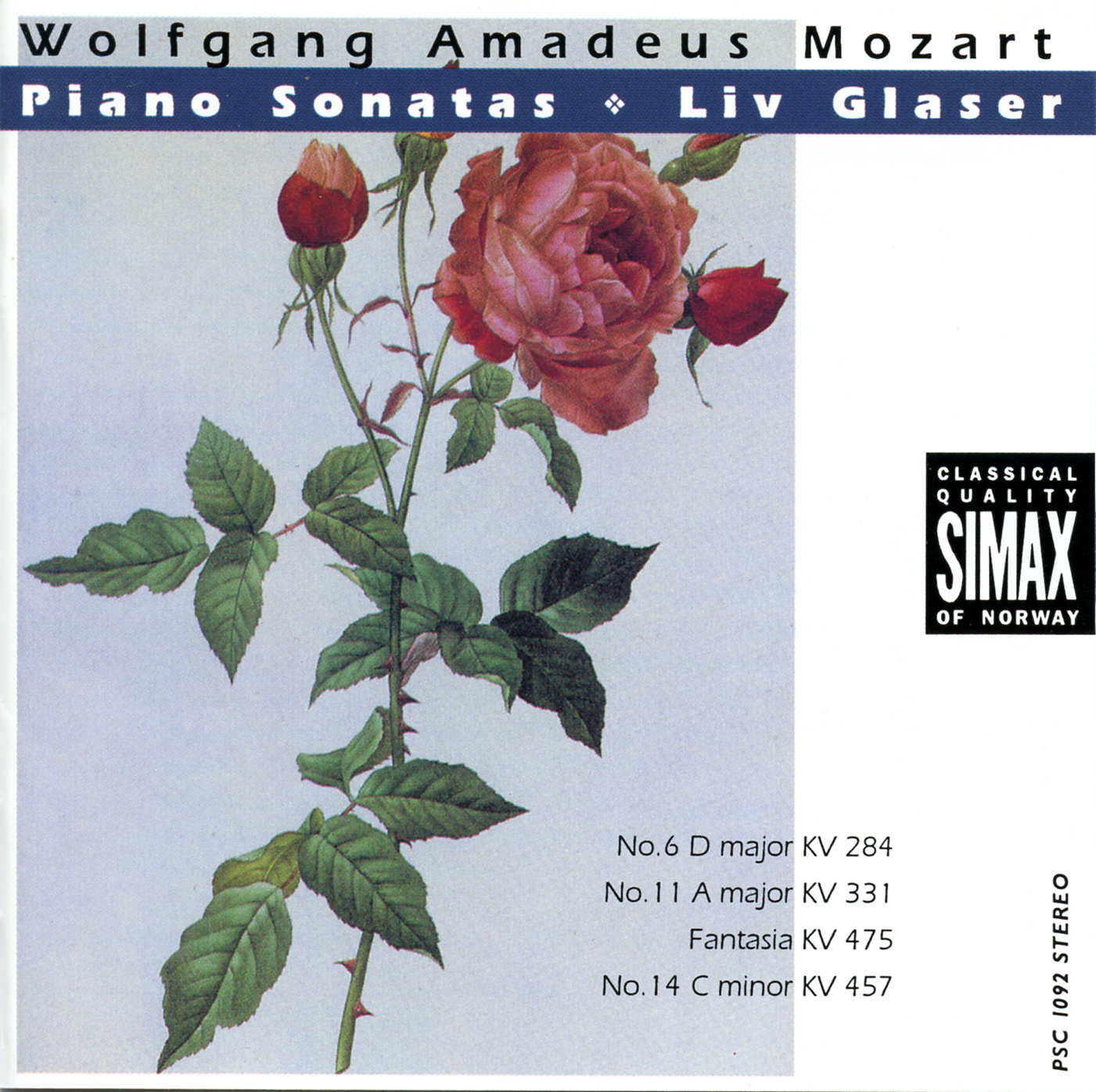The orchestral character of the organ was so central and evident to Charles Marie Widor (1844–1937) that he named his organ pieces symphonies rather than sonatas. Rightfully so, one might add – especially when hearing the last two performed and recorded on the magnificent instrument in Århus cathedral by Bjørn Boysen.
Albert Schweitzer as pupil
Widor himself was the organist of St. Sulpice in Paris, performing on the greatest of the Cavaillé-Coll organs. In 1893 the young Albert Schweitzer came to study with Widor, and he was to become very important for the future development of the composer. Schweitzer brought new knowledge of Bach’s organ works to Widor – demonstrating how Bach followed the Lutheran hymn texts in the chorale preludes.
New course in the last two organ symphonies
There is much to indicate that this new information about the theological dimension in Bach’s organ music was a vital source of inspiration to Widor. In the last two organ symphonies, Widor for the first time made use of musical material taken for the Roman Catholic liturgy. The Christmas introit ‘Puer nautus est’ is the basis of the last two movemtents of the ninth symphony, and in the tenth he chose to base the entire work on Gregorian material.
Bjørn Boysen on a ‘Schweitzer organ’ in Denmark
Schweitzer himself was a strong spokesman for the French organ, and in Århus he managed to turn the restoration of the instrument from a German project into a unique northern organ with a French accent, finished in 1928. Bjørn Boysen is among Norway’s foremost concert organists with tours in numerous European countries. Boysen has performed on many recordings and has appeared regularly on Norwegian national radio and television. He is the organist of the Oslo Concert Hall, and Professor of the organ at the Norwegian Academy of Music.











